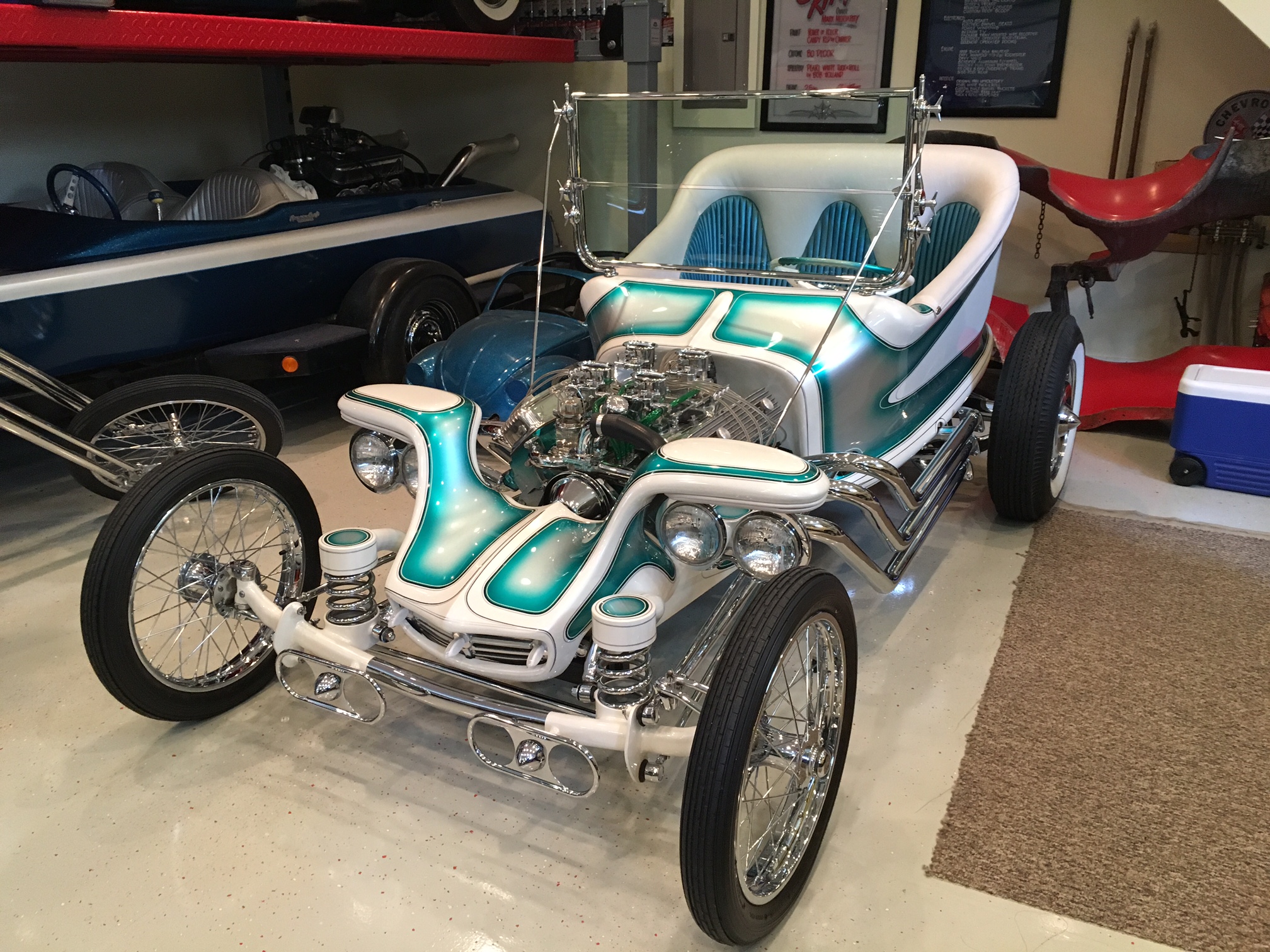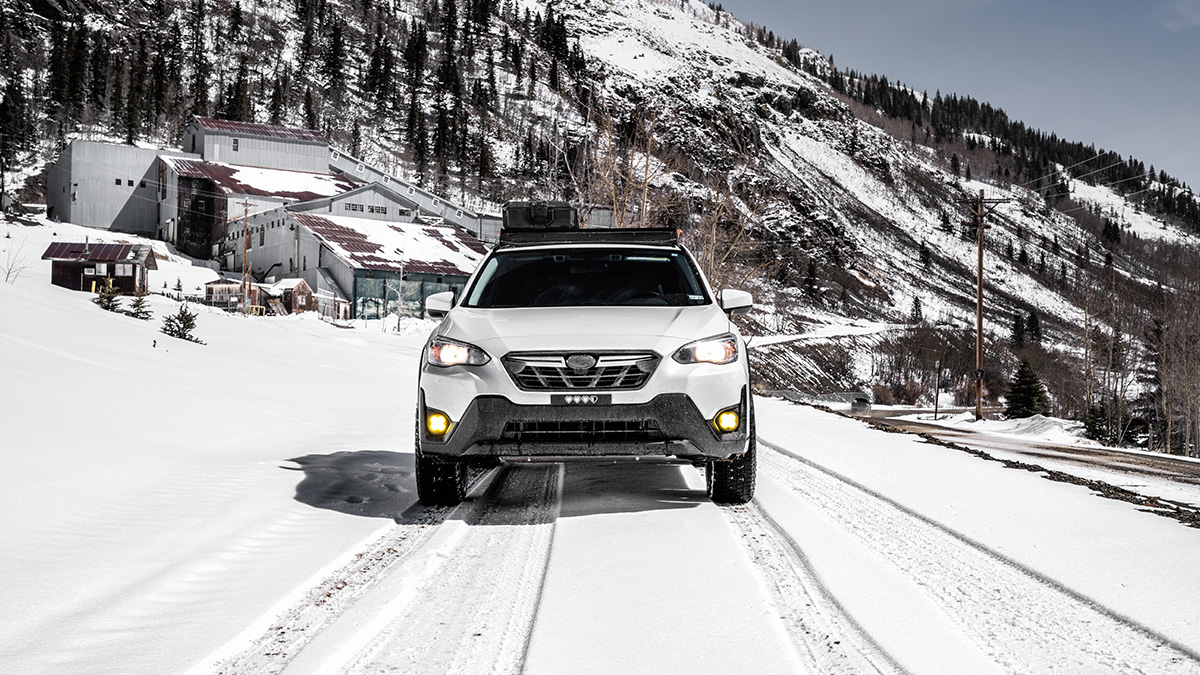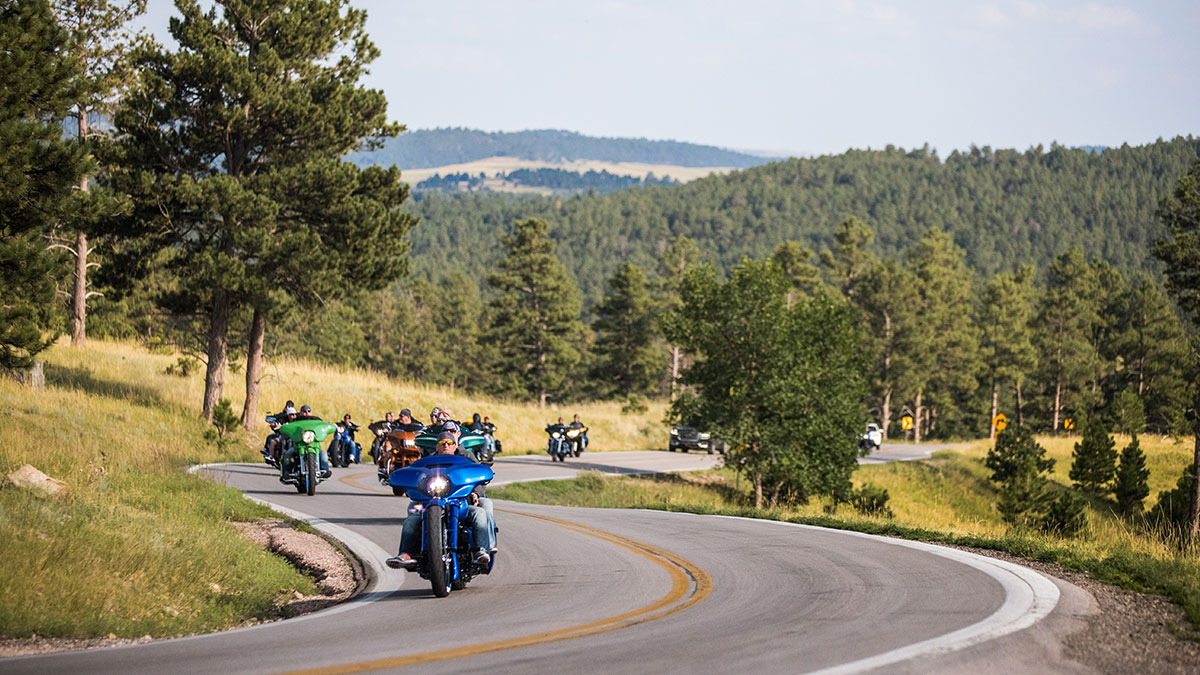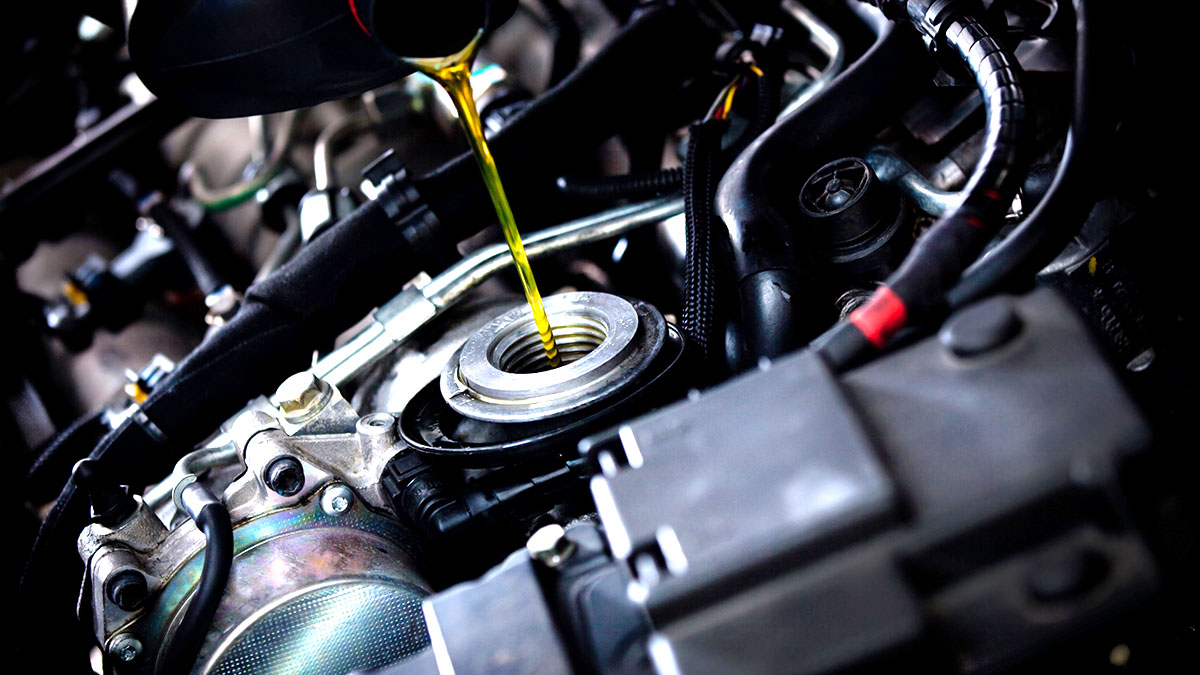Choosing a tire can lead you down a rabbit hole of choices and unfamiliar terminology. Soon, your desire simply to slap the best tires on your bike leaves you more confused than before. To keep things manageable, we’ve distilled the information to coincide with the most common riding styles.
The do-it-all weekend warrior
You hit the trails around home with your buddies on the weekend, riding all kinds of terrain. You might hit a long stretch of muddy single-track trail through a shady section of woods. You often fly through mud puddles and the occasional small pond. Maybe you hit a gravel pit and tear it up on a hard-packed access road or logging trail.
With a wide range of soft, muddy terrain and hard pack, you want an intermediate tire. They’re a jack-of-all-trades tire that’ll give you decent grip in the soft stuff while performing well on hard terrain, too.
You’ll see tires labeled as “intermediate to soft” or “intermediate to hard,” meaning they’re designed to work well in all sorts of conditions, while giving a slight advantage skewed toward a either soft or hard terrain.
Ben Grembowski, AMSOIL Mechanical Lab Technician and avid trail rider, swears by intermediate to soft tires when he rides thanks to their excellent grip. “It’s like riding on Velcro,” he said. “My bike sticks in the corners and gives me the confidence to ride hard without fear of losing it.”
Tire pressure adds a layer of complexity. Again, you can dive as deeply into the topic as you want, but knowing a few guidelines is sufficient for most riders. As a rule of thumb, higher pressure helps protect the tire from damage due to rocks, sticks and other obstacles, while lower pressure increases grip. Grembowski runs about 13.5 psi in his tires, with slightly higher pressure in the front so it doesn’t fold over on a rock and rupture the tube.
The motocross rider
You compete in local events and the occasional regional motocross. Your playground is a defined and reasonably well-maintained motocross track. In ideal conditions, you ride in soft loam that’s properly watered and temperate. Of course, Mother Nature has been known to rain on a few parades…and tracks. Sometimes you’re forced to ride in mud, or even on hard-packed track that becomes overly slick.
Again, an intermediate tire is your best choice, but you may want to lean to an intermediate to hard tire. That’s what former Northern Series Women’s Class Champion Samantha Laderer uses. “I like it because I don’t have to switch it out depending on the dirt conditions. I just adjust the tire pressure to suit the track.” Laderer goes with about 9 psi at sand tracks and bumps up to about 12.5 psi on harder tracks.

The off-road rider
Granted, this category could encompass everyone who’s ever boarded a dirt bike. It’s meant to include the rider who hits the desert, gravels roads or other hard terrain regularly. On the West Coast and in the Southwest, there are all kinds of places to ride that are rocky, dry and hard. In other areas of North America, it’s common to hear the telltale sound of a dirt bike racing up and down gravel roads and on logging or fire roads.
If that’s you, choose a tire meant for hard terrain. It’ll provide a good combination of traction and longevity. AMSOIL Technical Product Manager – Powersports, Len Groom, leans toward an intermediate to hard tire when he rides in northern Minnesota. His rides often take him down gravel roads when switching from trail to trail.
If you ride on sand, use a sand and mud tire. It has paddle-like treads that scoop into the sand and propel you forward.





Comments
Share: